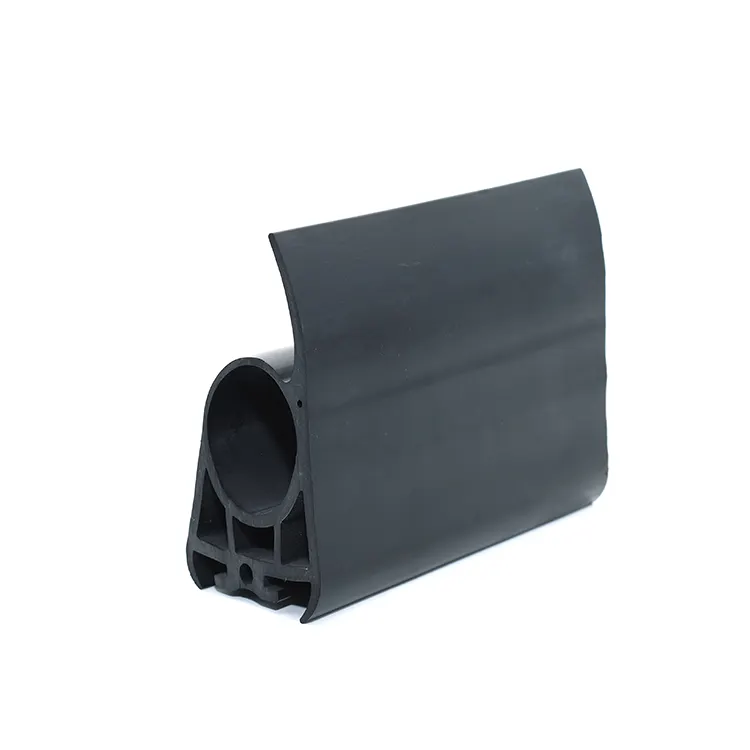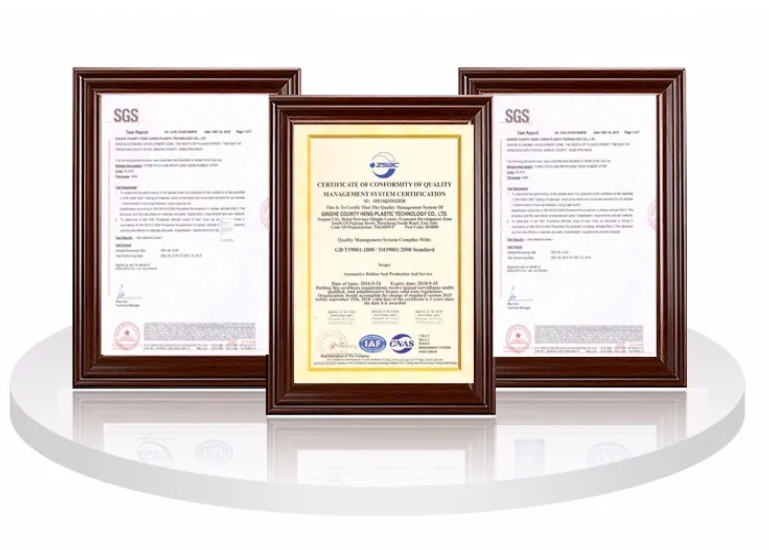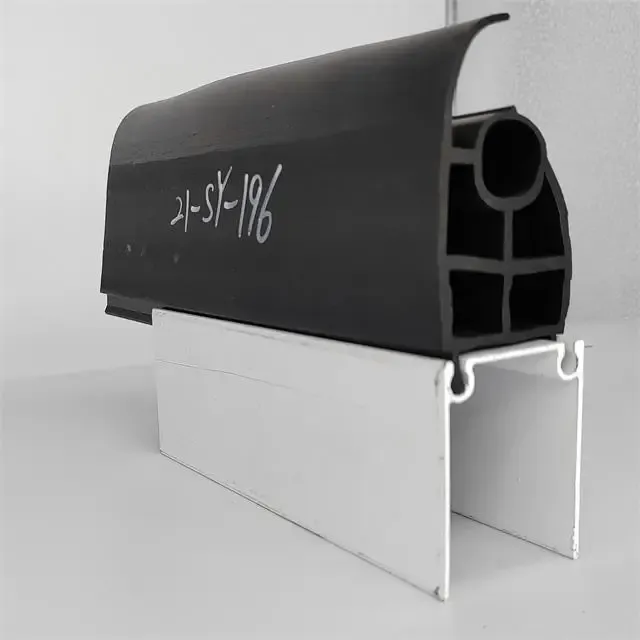In conclusion, don’t underestimate the importance of a garage door seal strip. It may seem like a small detail, but its impact on energy efficiency, pest control, water protection, noise reduction, and security cannot be overlooked. Investing in a high-quality seal strip can lead to significant long-term benefits for your home. Not only will it help you save money on energy bills and repair costs, but it also enhances the comfort and security of your living space. Make sure to check the condition of your current seals and consider replacing them if they show signs of wear, taking a proactive step toward maintaining your home’s integrity.
 Home
Home











